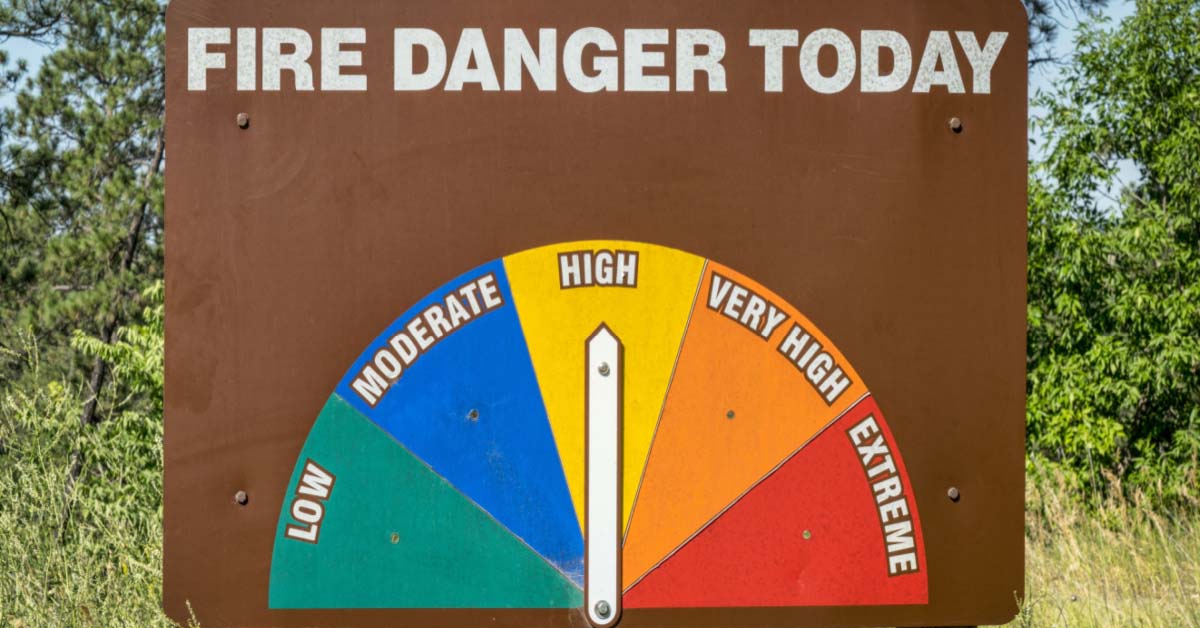Redfin has uncovered an interesting statistical nugget amid the continued migration of homebuyers to U.S. suburbs: Homes with high fire risk are selling for almost $120,000 more than low-risk homes.
The fact that homes with greater risk of fire damage are selling for more money actually isn’t new. Homes more susceptible to fires have historically fetched higher selling prices because they tend to be larger and/or located in pricey areas, such as states on or near the West Coast.
But the gap in price between fire-prone homes and homes with lower fire risk has widened considerably during the COVID-19 era. More buyers have eschewed urban areas for suburbs, exurbs and rural areas, where homes are likely to have larger fire risk because they’re closer to flammable vegetation.
The median sales price of homes with high fire risk was $550,500 in April, compared to $431,300 for low-risk homes, a premium of $119,200 or 27.6%. That’s the largest gap since at least 2017. Consider that only two years prior, the same premium was $56,700 or 18.5%.
The median sales price for homes with high risk of fire has grown 51.7% over the past two years, compared to 40.9% for low-risk homes. Notably, homes with high fire risk are not only more expensive but are being purchased faster — another indication that high-risk areas may look more appealing to house hunters, Redfin noted.
The typical high-risk home left the market in 16 days in April, four days faster than the typical low-risk home. Unlike the price difference between the two categories, this is actually a change from pre-pandemic days, when low-risk homes sold faster.
“Pandemic buyers also hunted for deals due to surging home prices, and while fire-prone homes aren’t cheaper on average, buyers may feel they’re getting more bang for their buck because they’re getting more space,” said Sheharyar Bokhari, Redfin senior economist. “And for some pandemic buyers, the fire-prone home they bought in suburbia was actually cheaper than their last home because they were relocating from somewhere like San Francisco or Seattle.”
“For a lot of pandemic-era homebuyers, what has felt much more urgent than avoiding fire danger is finding a home they can afford at a time when inventory is so low and prices are so high,” said Corey Keach, a Redfin real estate agent in the Boulder, Colorado, area.
“I worked with a young family whose Louisville home burned down in the Marshall Fire. Afterwards, they moved to nearby Superior, where a lot of homes also burned down. They just wanted to get into their next home fast because they had already gone through the painstaking buying process in 2020 and were worried prices were going to skyrocket another 20%.”






